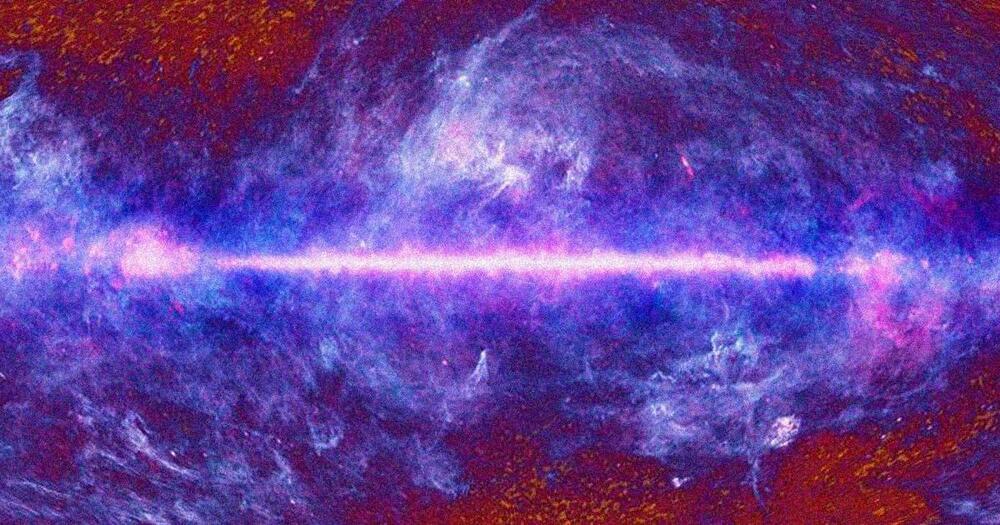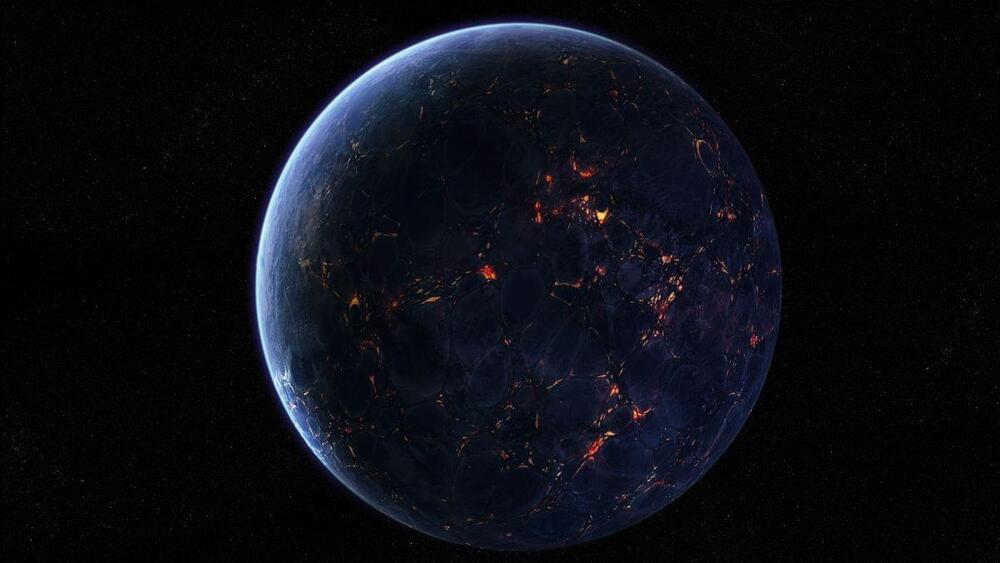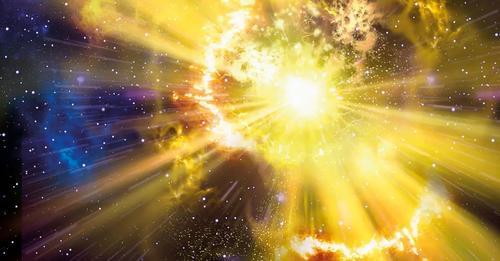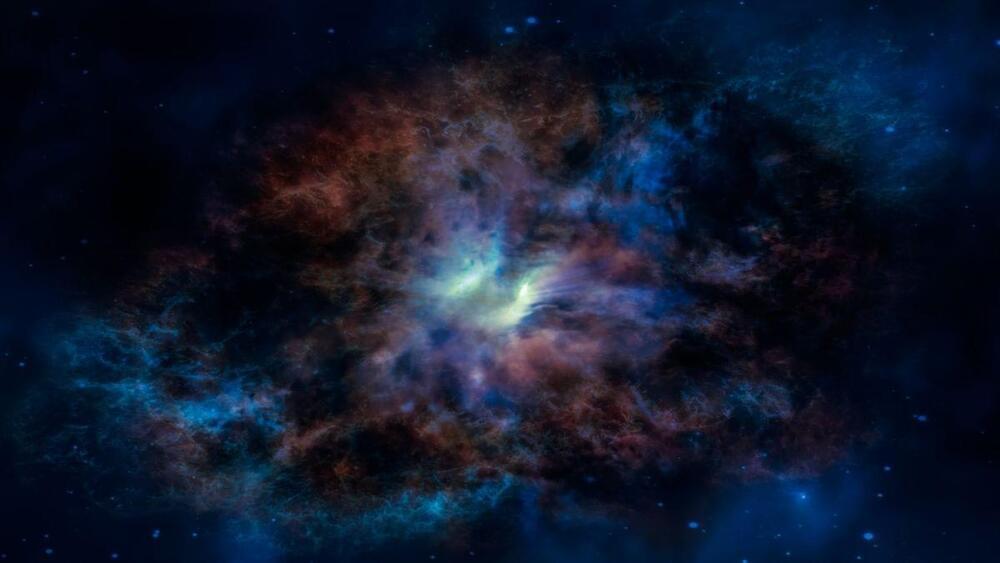Scientists at Nagoya University in Japan claim to have discovered dark matter that dates back 12 billion years ago, which would make it the earliest observation of the hypothetical substance to date.
Their findings — as detailed in a new paper published in the journal Physical Review Letters — could potentially offer some tantalizing answers about the nature of the universe.
Until now, observations of dark matter only went as far back as ten billion years. Any further than that, and the light was too faint to observe.







